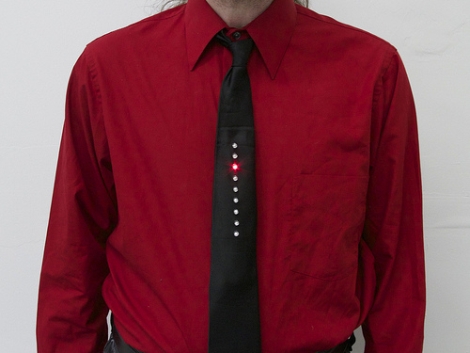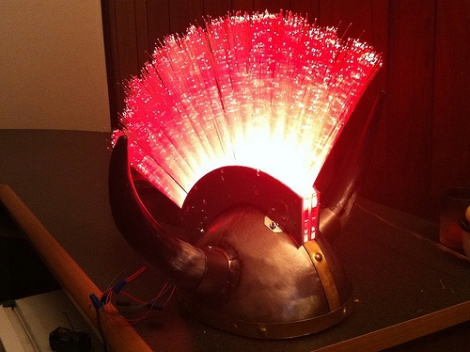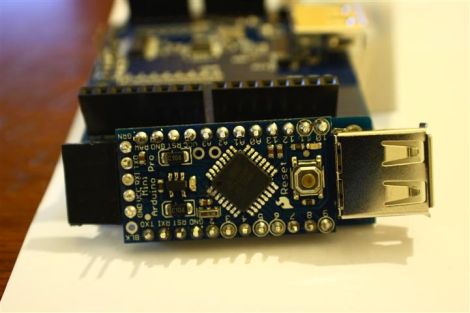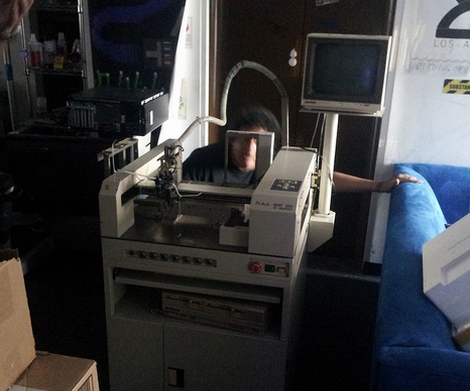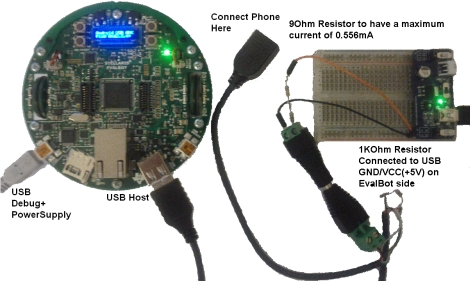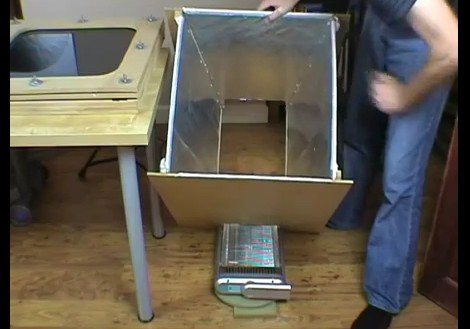

Forget the Tesla Roadster, we want an electric car like [John Wayland’s] White Zombie!
If it wasn’t plastered with sponsor stickers and the like, you would never realize that this otherwise unassuming ‘72 Datsun 1200 is an absolute beast of a car. The gas engine that used to provide a mere 69 horsepower was swapped out for a pair of custom-built electric motors which propel the Datsun to 60 miles per hour in under two seconds.
The electric motors supply 500 horsepower and a staggering 1250 foot pounds of instant torque, providing one hell of a ride. The car is powered by 12 custom 29.6V battery packs which provide 2,400 Amps of current each! Aside from laying down a quarter mile in under 11 seconds, White Zombie can make a 90 mile trek before requiring a recharge.
Needless to say, this impressive car takes plenty of people by surprise each time [John] hits the track. Continue reading to watch one poor sap learn the hard way that his brand new Maserati is no match for White Zombie.
[via Discovery]
Continue reading “Engine Hacks: Electrified Datsun Is The Ultimate Engine Swap”

